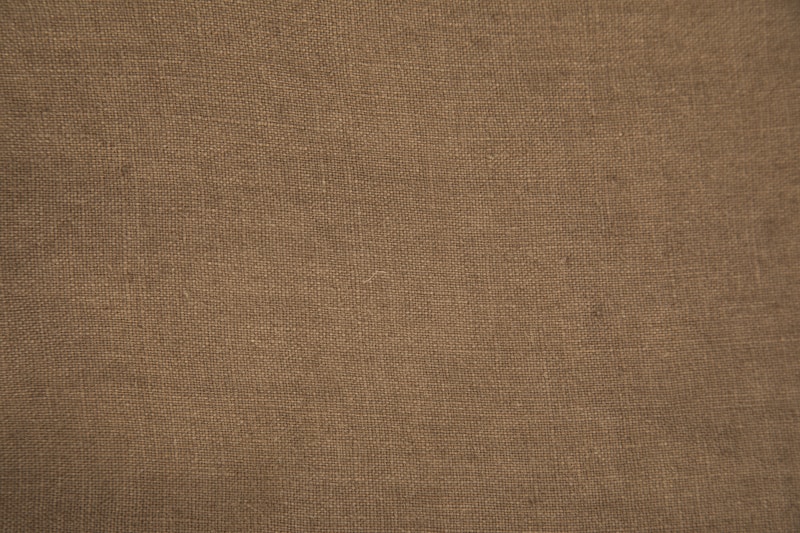When it comes to creating fashionable garments that resonate with style and comfort, understanding dress fabric choices is paramount. The fabric you choose can dramatically affect the drape, silhouette, and overall feel of your outfit. With a myriad of options available in the market today, how do you determine which fabric is right for your dress? In this article, we will delve into the fascinating world of fabric types, their properties, and important considerations to make while choosing the perfect material for your next sewing project.
The Importance of Selecting the Right Fabric
Choosing the right fabric is not just about aesthetics; it affects the garment's functionality, longevity, and comfort. Here are some critical factors to consider:
- Purpose: Are you creating a dress for a special occasion or everyday wear?
- Seasonality: What season will the dress be worn in?
- Care Instructions: How much maintenance are you willing to provide for your garment?
Types of Dress Fabrics
Different fabrics come with varying textures, weights, and drapes. Below, we categorize some popular fabrics used for dresses and outline their characteristics:
| Fabric Type | Characteristics | Best Uses |
| Cotton | Natural, breathable, and easy to sew. | Casual dresses, summer clothing. |
| Silk | Luxurious, soft, and excellent drape. | Evening gowns, formal wear. |
| Chiffon | Lightweight and sheer with a flowing quality. | Layering, flowy dresses. |
| Jersey | Stretchy, comfortable, and figure-hugging. | Casual dresses, fitted styles. |
| Linen | Highly breathable with a textured finish. | Summer dresses, bohemian styles. |
| Denim | Durable, sturdy, and versatile. | Casual dresses, workwear. |
Key Considerations When Choosing Dress Fabrics
After narrowing down the type of fabric you might want, consider the following factors to ensure you make the right decision:
1. Fabric Weight
The weight of the fabric affects how it drapes. Heavier fabrics tend to be more structured, while lighter fabrics create a flowing silhouette. For summer dresses, lightweight fabrics like chiffon or cotton are advisable.
2. Fabric Texture
The texture contributes to the overall appearance of the dress. Smooth fabrics like silk give off a sleek look, while textured fabrics like linen can add visual interest.
3. Color and Print
Consider the color palette and patterns that suit the season and occasion. Floral prints may be suitable for spring and summer, while darker colors may be appropriate for fall and winter.
4. Stretch and Recovery
Some fabrics, like jersey or spandex blends, offer good stretch and recovery, making them comfortable for form-fitting dresses. If you want a dress that hugs your body, opt for fabrics with good elasticity.
5. Availability and Cost
Research local fabric stores or online retailers to find the fabrics you desire. Be mindful of your budget; some fabrics like silk can be expensive but may be worth the cost for special occasions.

Popular Dress Fabric Choices in the Fashion Industry
Fashion designers often gravitate towards specific fabrics based on current trends and styles. Some of the most popular fabric choices for dresses today include:
- Georgette: A lightweight, flowy fabric often used in evening wear.
- Tulle: Sheer and often used for overlays in formal dresses.
- Satin: A luxurious fabric known for its shiny appearance, ideal for formal occasions.
- Velvet: Plush and soft, used for winter fashions and evening wear.
Conclusion: Making the Right Fabric Choice
Choosing the right fabric for your dress can make all the difference in the final product. By understanding the various dress fabric choices, their properties, and how they align with your design vision, you can create garments that not only look great but feel great to wear. Remember to consider the weight, texture, color, stretch, and your budget when making your selection. Whether you’re a seasoned designer or a hobbyist, the right fabric will enhance your creative expression and elevate your fashion game.
As a final note, don’t hesitate to experiment with different fabrics and styles. Fashion is about personal expression, and trying out unexpected fabric choices can lead to beautiful and unique designs. Happy sewing!